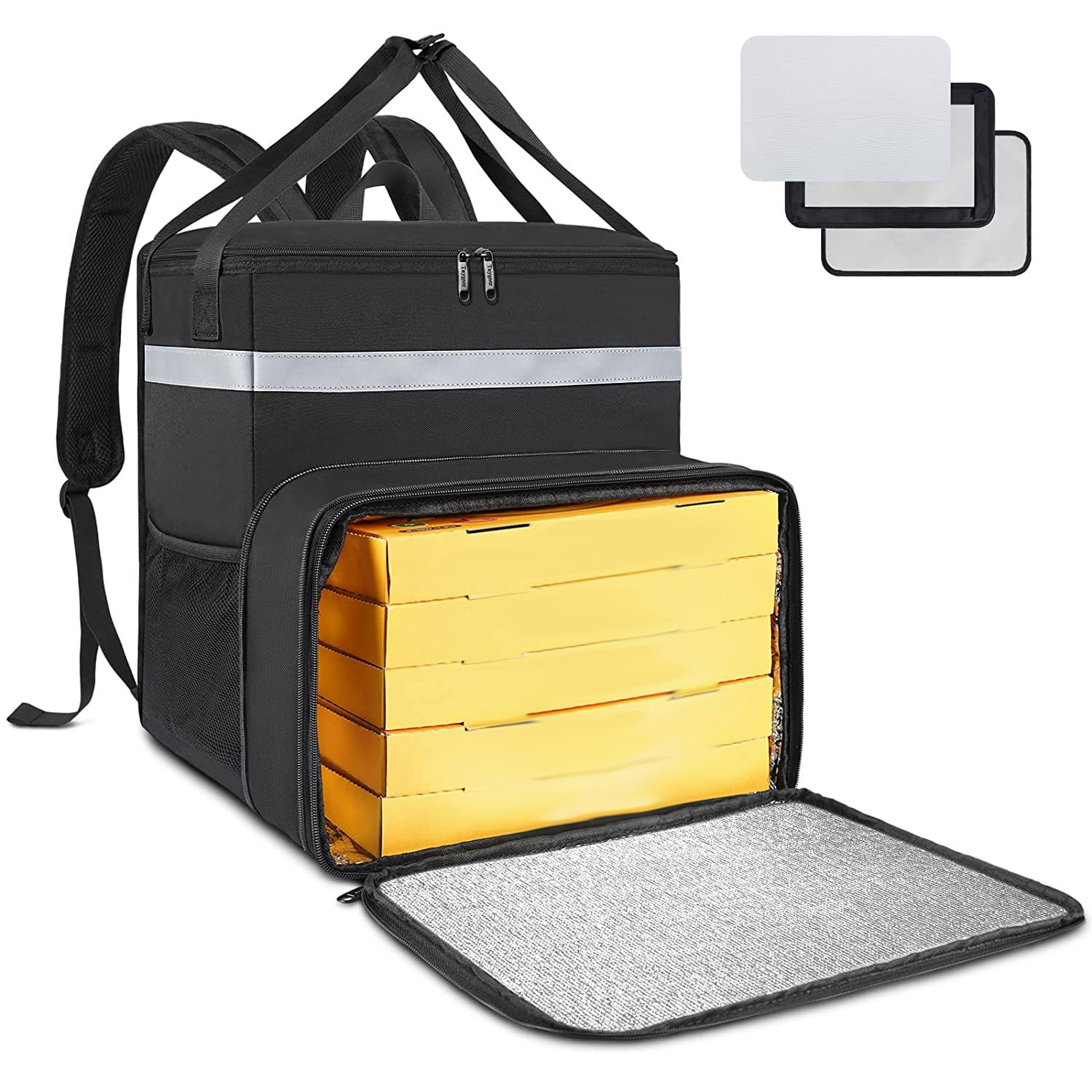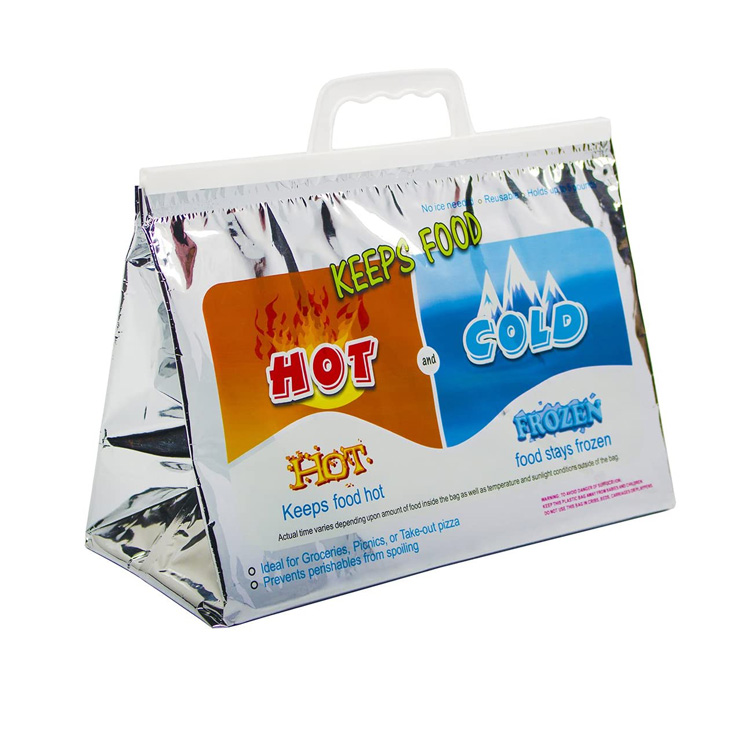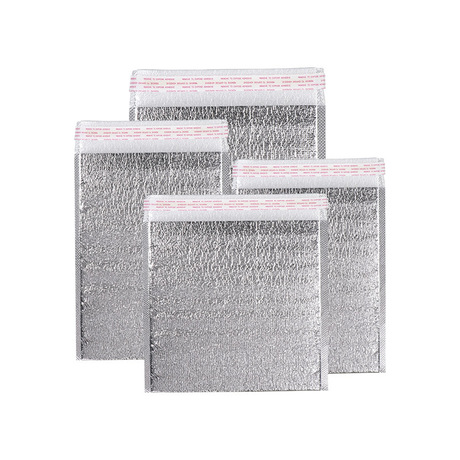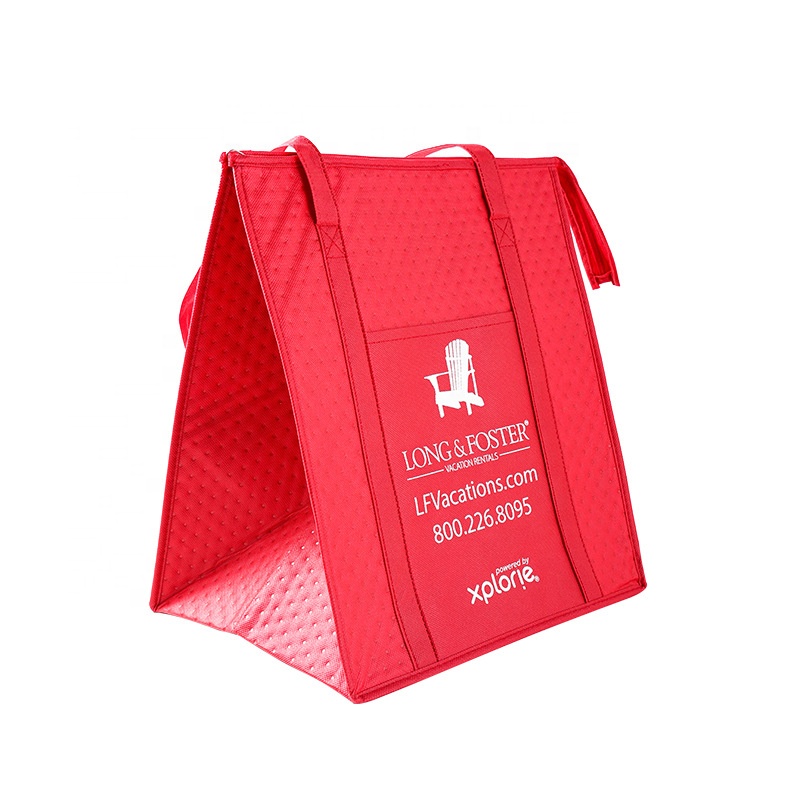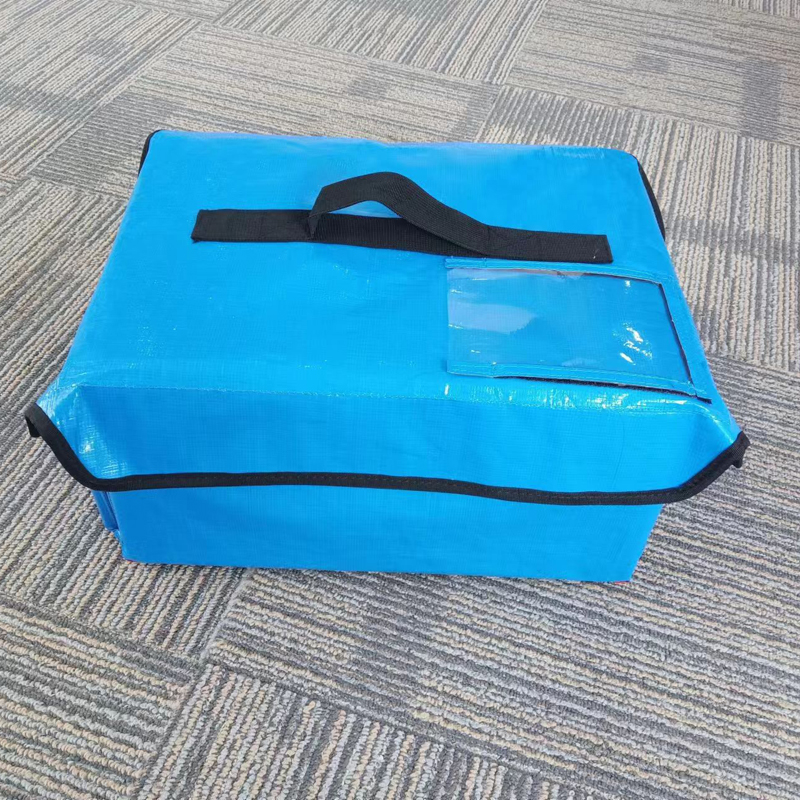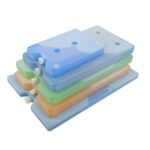Nordic ice packs have become a trusted solution for maintaining low temperatures in various settings—from sports injury recovery to perishable goods shipping. With durable, leak-resistant pouches and a non-toxic gel formula, these packs deliver reliable, long-lasting cooling that complies with key industry standards. In diesem Artikel, we explore the benefits, guidelines, and best practices for using Nordic ice packs to ensure maximum effectiveness and safety.

What Makes Nordic Ice Packs Effective?
Nordic ice packs utilize a specialized hydrogel that freezes efficiently and retains cold temperatures for extended periods. Properly pre-frozen at -18°C (0° F) or below, these packs often maintain temperatures under 0°C (32° F) für up to 48 Std., depending on external conditions. This makes them indispensable for both medical and shipping applications.
Key Advantages:
-
Ungiftige Materialien: FDA-compliant, food-grade gel ensures safety in contact with consumables and medical supplies.
-
Flexible and Reusable: Can be refrozen multiple times without losing effectiveness.
-
Consistent Cooling: High performance in low-temperature environments, meeting cold-chain requirements for perishable transport.
Applications and Benefits
1. Cold Therapy for Injuries
-
Pain & Swelling Reduction: Applying cold packs to an injured area helps constrict blood vessels, reducing inflammation and discomfort.
-
Sports Recovery: Athletes frequently rely on ice packs for post-workout or post-injury treatment to speed recovery.
-
Safe Application Time: Industry recommendations generally suggest 15–20 minutes of application with at least a 40-minute break to avoid tissue damage.
2. Shipping Perishable Items
-
Temperaturregelung: Whether you’re shipping meats, Milchprodukte, or delicate pastries, Nordic ice packs help maintain a stable temperature range (around -1°C to 5°C).
-
Regulatory Compliance: Following guidelines from the FDA and other authorities ensures your goods remain safe from dispatch to delivery.
3. Pharmaceutical & Medical Transport
-
Sensitive Medical Products: Many vaccines and biologics must remain within a narrow temperature range. Nordic ice packs help meet these stringent requirements.
-
Extended Longevity: By combining ice packs with insulated packaging, products remain stable during longer transit times.
Industry Standards and Guidelines
-
FDA-Compliant Materials: Ensure the gel pack’s formulation and packaging meet food- and pharma-grade safety standards.
-
Proper Freezing Technique: Store packs in a freezer maintained at -18°C (0° F) or lower for full effectiveness.
-
Protective Barriers: When applying cold packs to the skin, place a thin towel or cloth between the pack and skin.
-
Monitoring: Use temperature loggers or indicators to confirm consistent cooling for sensitive shipments.
Best Practices for Using Nordic Ice Packs
-
Komplett einfrieren: Ensure packs are fully solid before use to maximize cooling duration.
-
Auf Beschädigung prüfen: Check each pack for any leaks or punctures prior to application.
-
Optimize Insulation: When shipping perishable or medical items, use insulated packaging to prolong the cooling effect.
-
Follow Time Guidelines: Adhere to recommended cold-therapy application times (15–20 minutes on, 40+ minutes off) to prevent tissue harm.
Abschluss
Nordic ice packs stand out as a versatile, efficient solution for cold therapy, temperature-sensitive shipping, and beyond. With a focus on non-toxic ingredients, flexible design, and adherence to industry standards, these gel packs ensure peace of mind whether you’re treating a sports injury or shipping fragile goods. By following proper freezing, handling, and application practices, you’ll maximize their benefits and maintain safety every step of the way.







